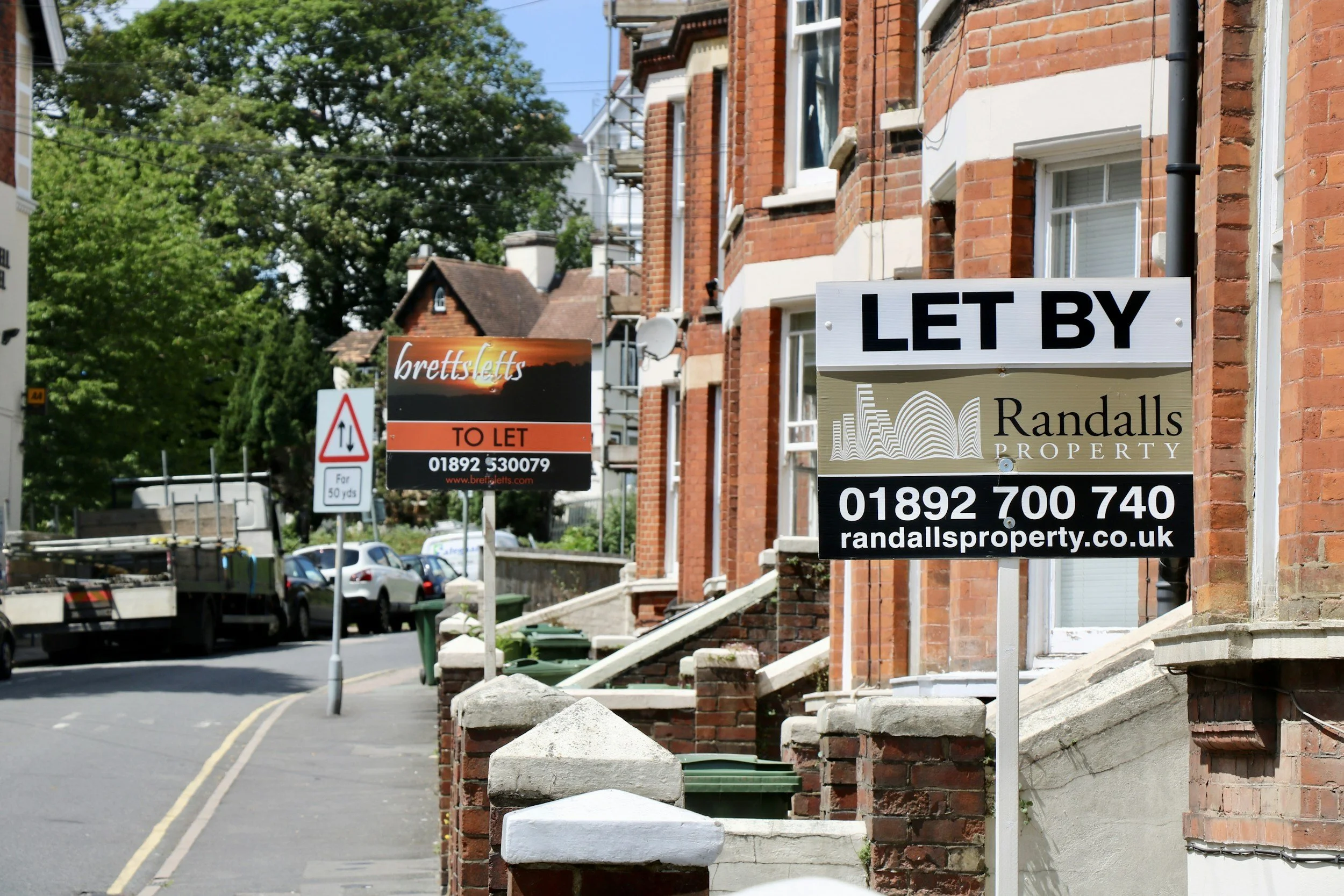🚨The Rent-to-Rent Reality: Why Most Schemes Are Risky, Questionable – and Often Illegal🚨
In the fast-moving world of property investment, Rent-to-Rent (R2R) has exploded in popularity—often promoted as a “no money down” shortcut to success. On the surface, it sounds ideal: lease a property from a landlord, sublet it for a profit, and pocket the difference each month.
But behind the hype, the truth is much darker.
Many Rent-to-Rent arrangements are technically illegal, poorly structured, or operating in breach of contract—risking eviction, financial loss, damaged reputations, and even criminal prosecution. For investors and landlords alike, entering an R2R deal without expert legal and compliance oversight is like walking into a minefield blindfolded.
In this article, we expose the real issues with Rent-to-Rent, from voided insurance and mortgage terms to unauthorised subletting, broken leases, and the hidden liability nobody tells you about.
What Is Rent-to-Rent?
Rent-to-Rent is when an individual or company (the “middleman investor”) rents a property from a landlord (often under a guaranteed rent model), then sublets it to tenants—usually on a room-by-room basis (HMO) or via short-term serviced accommodation.
The goal is to make a profit by charging tenants more than the investor is paying the landlord.
There are typically two models:
Rent-to-HMO – converting a single let into multiple tenancies
Rent-to-SA – using the property for short-term or holiday lets
While legal in theory if structured correctly, in practice many Rent-to-Rent schemes are non-compliant, high-risk, and exploit legal grey areas.
Why Most Rent-to-Rent Schemes Are Technically Illegal
Despite being marketed as a legitimate “property business”, a large number of Rent-to-Rent deals fall into legal non-compliance due to:
1. Breach of the Original Tenancy Agreement
Most landlords provide properties under Assured Shorthold Tenancy (AST) or company let agreements, which:
Prohibit subletting or licensing without explicit permission
Specify the named occupant or use type
Do not allow modifications or repurposing for HMO or SA use
By renting a property and subletting it without clear, contractually agreed permission, Rent-to-Rent operators often breach the lease, potentially rendering the agreement void or unlawful.
Result: The landlord can terminate the agreement and reclaim the property—with no compensation to the Rent-to-Rent operator.
2. Voided Landlord Insurance Policies
Most landlords’ insurance policies explicitly:
Require full disclosure of tenancy type and use
Do not cover commercial subletting, serviced accommodation, or HMOs
Void coverage if the property is let to someone who then re-lets it to others
If a Rent-to-Rent operator changes the use of a property (e.g., to a holiday let or HMO), the insurance policy may become null and void.
This creates huge risk for the landlord, tenants, and the middleman investor—especially in the event of fire, injury, damage, or liability claims.
3. Mortgage Terms Often Prohibit R2R Use
Many landlords with buy-to-let mortgages are restricted to:
Renting to a single family or named tenant
Avoiding commercial use, HMOs, or subletting
Declaring full details of tenancy arrangements
Using a mortgaged property for Rent-to-Rent without lender approval can breach the mortgage contract—risking repossession or forced redemption.
The R2R investor may never even know this risk exists until the property is taken back.
4. Leasehold Properties Usually Ban Short-Term Lets
A huge number of UK properties—particularly in cities and apartment blocks—are leasehold, not freehold.
Most leasehold agreements include strict terms, such as:
No subletting
No business or commercial use
No short-term lets or Airbnb-style rentals
Occupancy limited to single households or families
Rent-to-Rent operators turning leasehold properties into short-stay units often violate these terms—leading to legal action from freeholders, fines, or enforcement notices.
Key Risks for Rent-to-Rent "Investors"
Even where R2R is technically legal, it comes with a long list of operational, legal, and ethical challenges:
❌ No Security of Tenure
The Rent-to-Rent operator does not own the property. The landlord can:
Terminate the agreement
Sell the property
Raise the rent
Reclaim possession without notice (especially if the deal was informal)
Unlike owning a buy-to-let, you are always one decision away from losing control of the asset.
❌ Regulatory & Licensing Exposure
Running a Rent-to-HMO or Rent-to-SA requires licensing, planning permission, and compliance with:
HMO standards and inspections
Fire safety regulations
Short-term let planning rules (especially in London or Article 4 areas)
ICO registration, anti-money laundering, Right to Rent checks
Most casual Rent-to-Rent operators have no systems, training, or infrastructure to manage these responsibilities—putting themselves and landlords at legal risk.
❌ Lack of Professional Indemnity or Insurance Cover
Unlike letting agents or corporate landlords, Rent-to-Rent businesses are rarely:
Regulated by a redress scheme
Covered by professional indemnity insurance
Experienced in dispute resolution or tenant law
This opens the door to damaged relationships, legal claims, and unprofessional standards that harm both landlord and tenant.
❌ Reputation Damage for Landlords
If a Rent-to-Rent deal goes wrong, the landlord often bears the consequences:
Property misused or damaged
Breach of mortgage or insurance
Tenants with no clarity about who’s responsible
Loss of income or legal disputes
It’s not just the middleman who gets burned—it’s the landlord too.
Why Rent-to-Rent Is a Poor Long-Term Investment Strategy
Ultimately, Rent-to-Rent is not ownership. You're:
Leasing someone else’s asset
Building equity for someone else
Relying on tenuous control and informal agreements
It’s a business model not backed by assets, and one that can be revoked at any time.
While a few skilled operators do run compliant, contract-based Rent-to-Rent businesses, the majority of R2R activity in the UK is substandard, unsustainable, or outright unlawful.
🔄 What Should Investors Do Instead?
Instead of chasing “no money down” deals, investors should consider sustainable, legally sound strategies:
✅ Buy & Hold Long-Term Lets
Build equity, control your asset, and benefit from capital growth and rental yield.
✅ Serviced Accommodation (Owned)
With the right permissions, professional operators can run SA units on properties they own, ensuring full legal compliance.
✅ Mid-Term Lets in Corporate-Friendly Towns
A growing sector where landlords offer furnished units to remote workers, relocators, NHS, and companies—with minimal risk.
✅ Joint Ventures & Lease Options (with Legal Backing)
If capital is limited, structured JVs or legally drafted lease options are far safer than informal Rent-to-Rent setups.
Summary: The Real Cost of Rent-to-Rent
🔒 Legal Risk: Subletting often breaches tenancy agreements, leases, and planning rules
🚫 Insurance Voided: Misuse of property type can nullify landlord policies
💷 Financial Insecurity: R2R operators have no ownership or asset security
🧯 Compliance Issues: Unlicensed HMOs or SA units can lead to fines, closure, and legal action
❗ Reputational Damage: Landlords suffer when R2R operators act unprofessionally
🏚️ Asset Risk: Properties are often mismanaged, over-occupied, or substandard
While Rent-to-Rent might appear appealing for its low-entry threshold, the legal uncertainty, operational burden, and fragile nature of control make it a high-risk and unsustainable route into property.
Successful investors build on legal ownership, compliance, and value creation—not on temporary, informal, and often unlawful arrangements.
Want to Invest Without the Risk?
At Residential Estates, we help investors build profitable, compliant portfolios through:
Fully managed Buy-to-Let and Mid-Term Let models
High-performance Serviced Accommodation units in permitted locations
Property sourcing, compliance management, and tenant handling
Book your free consultation now and avoid the pitfalls of grey-area investing.
Why not talk to one of our experienced Property Investment Consultants?
Whether you're looking to expand your portfolio or make your first investment, we make the process effortless. With expert guidance, a hands-off management approach, and access to high-demand rental markets, Residential Estates provides everything you need to succeed in property investment.
Get in touch today to explore our latest opportunities and start building a profitable, stress-free property portfolio.





